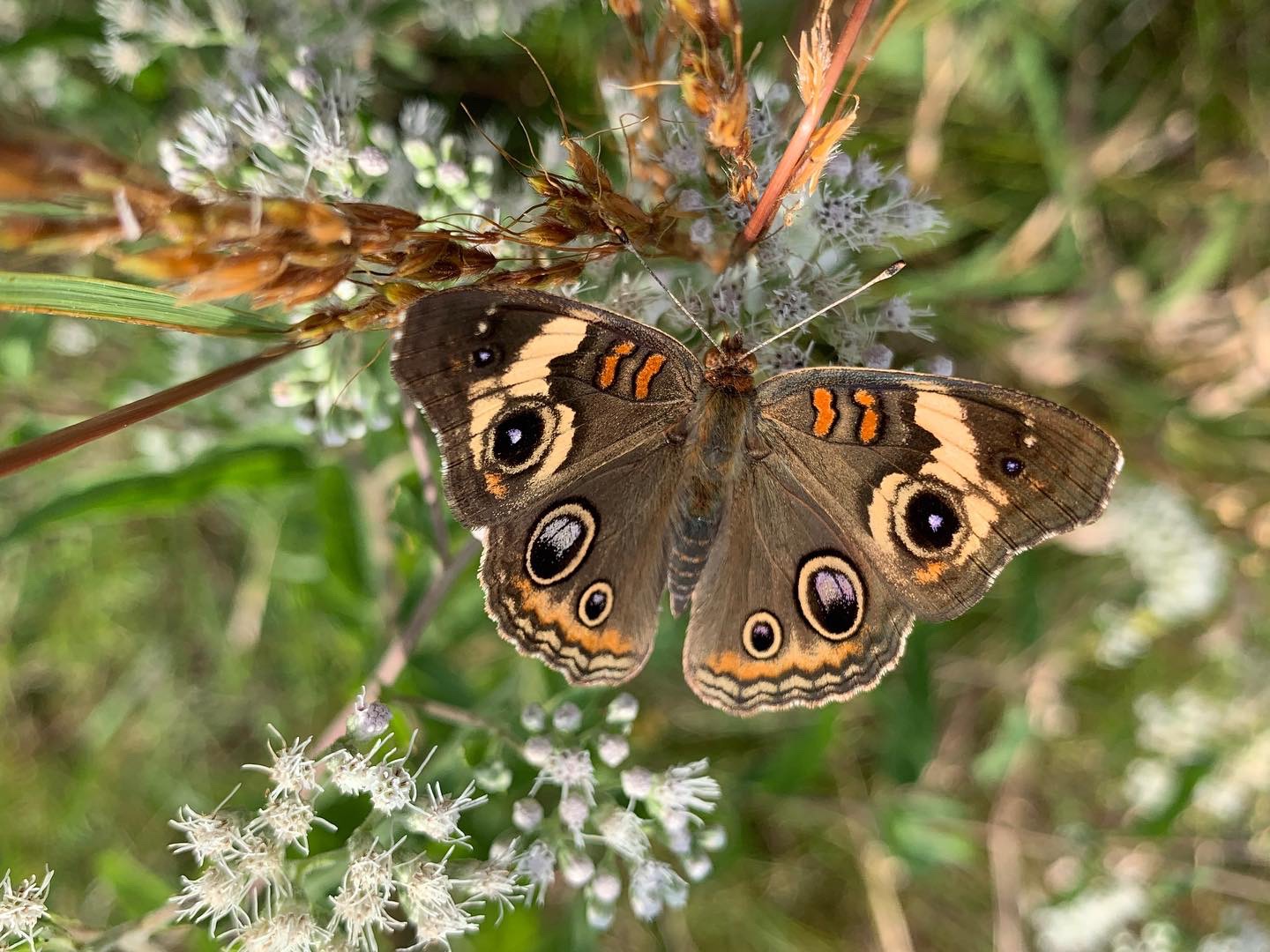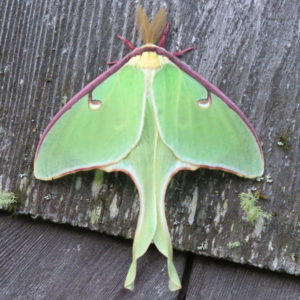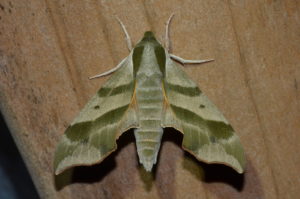
All About Moths
Celebrate National Moth Week with CCPR!
Happy National Moth Week! This week celebrates the habitat, life cycle, and beautiful nature of moths. Moths are one of the most diverse organisms on earth with scientists estimating that there are at least 150,000 species! With each moth being so unique in color, shape, and pattern, moths are a true wonder of science. Some moths are bright and colorful and hard to miss, and some are drab or even camouflaged and hard to spot. We see moths most often at nighttime which makes sense because most are nocturnal. Driving at night seeing moths in front of your headlights or seeing the flutter of action attracted to the porch lights at night, moths are a part of our lives and an integral part of the ecosystem.
 Studying moths can be both fascinating and fun and there is a project here in the state of Indiana that you can be engaged in to help bring awareness to these insects. The Great American IN Nature Lepidoptera Project (GAIN LP) is a community project throughout the state of Indiana that documents the life cycles and overall range of Indiana’s Lepidoptera. The order Lepidoptera includes insects like butterflies, moths, and skippers. This project isn’t just solely focused on moths, but rather the entire category of insects.
Studying moths can be both fascinating and fun and there is a project here in the state of Indiana that you can be engaged in to help bring awareness to these insects. The Great American IN Nature Lepidoptera Project (GAIN LP) is a community project throughout the state of Indiana that documents the life cycles and overall range of Indiana’s Lepidoptera. The order Lepidoptera includes insects like butterflies, moths, and skippers. This project isn’t just solely focused on moths, but rather the entire category of insects.
The project works with folks like you and me submitting photographs and sightings of Lepidoptera through the IN Nature Facebook group. Non-group members can also participate by sharing their sightings via email to info@indiananature.net. The submissions must include a photograph suitable for identification, the date, county of observation, and your name (name of observer). Submitting your sighting to the group along with the hashtag #GAINLP allows others around the state to observe your sightings.
The photographs and data from this community effort are used to create a comprehensive and free resource to document species exclusive to Lepidoptera. To learn more about the project and to browse the categorized species, you can visit this website: https://www.indiananature.net/pages/projects/gainlp.php
This is a great way to celebrate National Moth Week in your own backyard or local park! By submitting your observations, you are contributing to a greater cause and increasing awareness and appreciation for these insects!

Five-spotted Hawk Moth
Manduca quinquemaculata
These moths are attracted to light and are very common in Indiana. The caterpillar form is often referred to as the tomato hornworm, they are known to be very pesky pests that ruin tomato plants.

Luna Moth
Actias luna
Between their lime green color and large size these moths are very easy to spot. They are attracted to light and they are known to be one of the largest moths in North America. Another fun fact is that the adults have no mouth nor a need to eat. Their sole purpose is to mate. Also, due to their lime green color, it looks like they glow-in-the-dark even though they do not contain the bioluminescent color.

Virginia Creeper Sphinx moth
Darapsa Myron
These very common moths will be seen all throughout the night. Sphinx moths are also known to fly around during the day. They are known for the stripes on their wings. Also, they feed on Virginia Creeper which as some of you know, is the plant that commonly gets mistaken for Poison Ivy.
